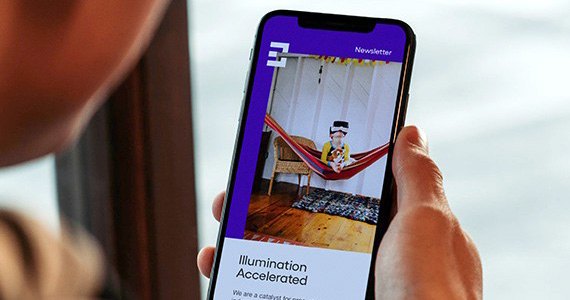
We’ve been hearing for years that telephone market research (CATI) would soon go the way of the dinosaurs. Newer recruitment methodologies were thought to fully replace CATI by now, but Escalent’s telephone research practice is thriving as one way to help our clients accomplish their goals using a quick, cost-effective—and admittedly unsexy—methodology.
As one of a few research consultancies that has an in-house telephone research team, Escalent has seen first-hand how our 175 dedicated team members have helped solve our clients’ business needs, whether it’s simply because telephone recruitment is the best option for executing the study or because it provides an important complement to digital methods, like emailing and SMS.
Here are four examples:
Managing High-Impact, Executive-Facing Work
One of our most rewarding and challenging projects involved reaching out to a client’s dissatisfied, angry customers—customers who weren’t shy about contacting the highest levels of our client’s organization to air their grievances. Email outreach was far too impersonal for follow-up like this so Escalent was engaged to call the customers to identify and resolve their issues and to open up a line of communication to help our client better understand and address their customers’ concerns.
Using this more human approach, the telephone research team had a significant impact on customer satisfaction by shining a light on serious issues and helping to repair relationships. The work was an unmitigated success and valued widely across our client’s organization.
Maximizing Sample Size and Representation
Oftentimes a client’s customer list is not large enough to achieve sample size goals via the web, like when we’re researching a B2B audience or a specific type of consumer. Other times, there simply aren’t enough email addresses in the client’s database.
In these cases, we find that multi-mode recruitment, using telephone and email, allows us to achieve sample sizes that would be unattainable from email recruitment alone. Additionally, a multi-mode approach is more inclusive of all customers. This is important as customers who do not have an email address on record may differ from customers who do, in ways that impact insights. By providing another means of connecting with these customers, our clients get more representative and more accurate data.
In terms of execution, our team strategically focuses on calling customers who do not have an email address first, while simultaneously sending email invitations to those customers with an email available. Later, we switch our focus to reach out via telephone to those who did not respond to our email invitations. This maximizes our response rates and achieves sample size goals in the most cost-efficient way possible.
Executing on Legally Required Outreach
For years, Escalent has helped utilities meet regulatory requirements to measure the impact gas pipelines have on local communities. This research requires outreach to several relevant audiences, including those who live near the pipeline, as well as local public officials and emergency first responders. Typically email addresses are hard to come by for these populations, making web research a challenge. For this type of work, we have consistently found that telephone outreach, coupled with other modes when possible, offers the best option to meet regulatory requirements.
Similarly, we have helped clients conduct outreach for automotive recalls that pose a safety threat to vehicle owners. In one recent study, we used telephone outreach to talk with vehicle owners who had not responded to the recall. We first asked if they were aware that there was a recall, and then we helped them schedule appointments to service their vehicle. We also answered any questions they had about the recall and transferred them directly to a customer service representative when desired. The customers we contacted were previously sent multiple letters and emails about the recall but never scheduled a recall appointment. By using telephone outreach and equipping our interviewers to help these customers schedule a service visit, our client serviced many more vehicles and protected their customers from potential safety issues.
Collecting Detailed Feedback on Complex Topics
Recently we helped a Financial Services client explore innovation among executive-level customers. To do this, our telephone interviewers built a rapport with these executives, maintaining a detailed history of interactions with them to ensure they all received the level of communication needed. Interviewers went through online training to familiarize themselves with the research topic so they could capture rich and detailed feedback, clarify questions, and probe for additional information.
Our clients were convinced that this type of customer would not spend the time and effort to take a nuanced survey like this on the web, but fortunately our telephone interviewers were able to steward the executives through the survey and made it easy for them to participate.
And That is Why…
Telephone outreach is certainly not an appropriate tool for every market research challenge, but it still brings value when applied to the right problems in the right way. So, before you chalk up this methodology as a relic of the Jurassic Era, consider that, in many ways, telephone research can still have one heck of a bite.
To learn if telephone market research is right for your latest challenge, send us a note.









